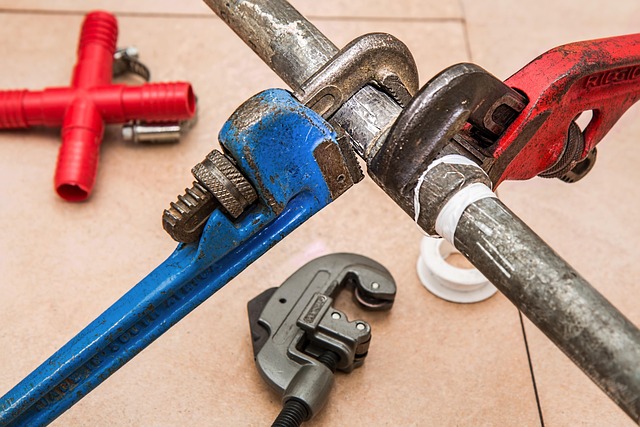In today’s world, screens are the windows through which we experience entertainment, work, and connectivity. Whether it’s the vibrant colors of a movie on your TV or the precision required for graphic work on your monitor, display technology plays a crucial role in our daily lives. Unfortunately, with frequent use, screens can become damaged, leading us to the essential skill of screen repair.
Understanding the intricacies of your display technology is vital for any DIY enthusiast or tech-savvy individual. Each type of screen—be it LED, LCD, OLED, or Plasma—has its specifications and repair methods. Knowing how these technologies operate helps demystify the repair process, making it less daunting. For instance, an OLED screen is noted for its deep blacks and enhanced contrast, but when it suffers from burn-in or dead pixels, understanding the underlying technology can lead to a more effective repair.
Screen repair isn’t just about fixing a crack; it’s about returning the canvas that brings our visualizations to life. For TV enthusiasts, a damaged display can mean a disappointing movie night or an interrupted binge-watching session. For professionals working on monitors, a pixelated display translates to frustrations that could affect productivity. Therefore, mastering this art isn’t just an interest—it’s a necessity in maintaining our visual experiences.
When embarking on the journey of repairing your screen, start by assessing the damage. Is it a minor scratch, a shattered glass panel, or internal screen failure? Each scenario requires a different approach. Minor scratches can often be buffed out with specialized kits, while a shattered glass screen typically necessitates more extensive work, often involving disassembly of the device.
For those willing to dive deeper, understanding the components of display technology is paramount. Familiarizing oneself with parts like the LCD panel, backlight, and digitizer (for touchscreens) opens a world of possibilities. You may find online resources or forums filled with experiences from fellow enthusiasts, shedding light on common screen issues and potential fixes.
Moreover, it’s crucial to have the right tools at your disposal. Invest in a good quality toolkit consisting of screwdrivers, suction cups, and anti-static brushes. The right tools not only make the process smoother but also ensure that you don’t inadvertently cause more damage while attempting repairs. Always approach screen repair with a methodical mindset, documenting the disassembly process can save a lot of headaches when reassembling a device.
Screen repair transcends simple functionality; it embodies the spirit of innovation and resourcefulness. Each successful repair not only salvages a beloved device but also enhances your understanding of display technologies. The gratification from returning a screen to its former glory is immeasurable, blending technical skill with creativity.
In a time where screens dominate our daily interactions, knowing how to repair them is an indispensable skill. Embrace the challenges, support from online communities, and the joy of troubleshooting. Through mastering screen repair, you become a custodian of your own visual experiences, ensuring that the stories conveyed through your screens are never lost in the cracks.




